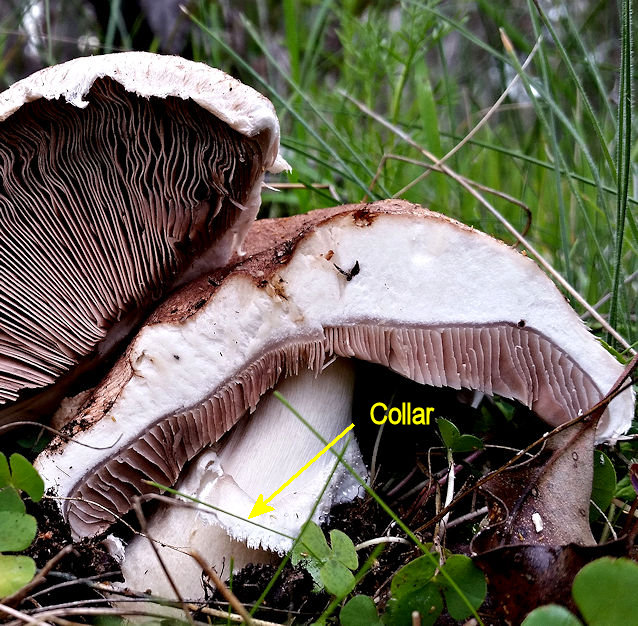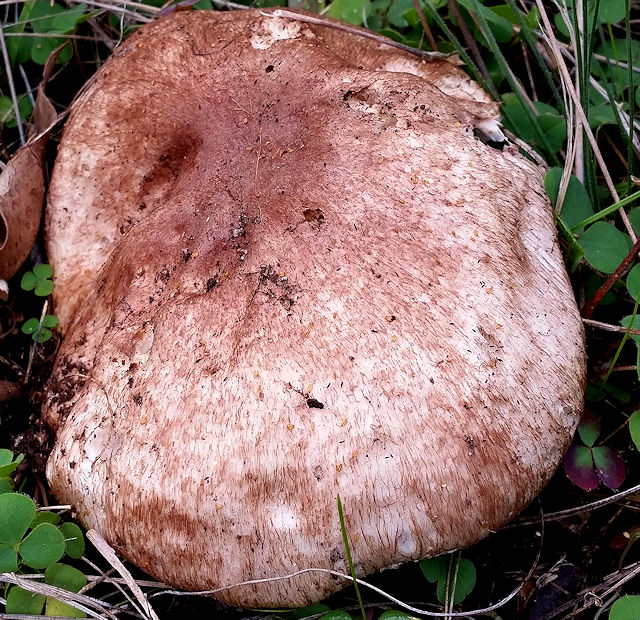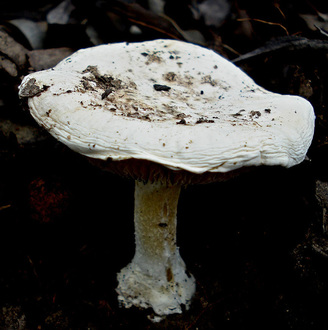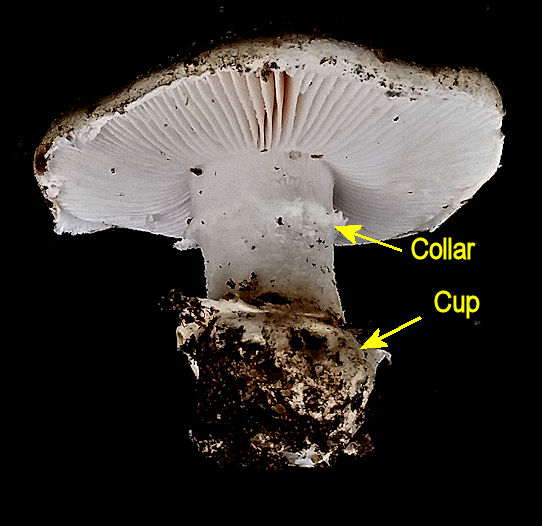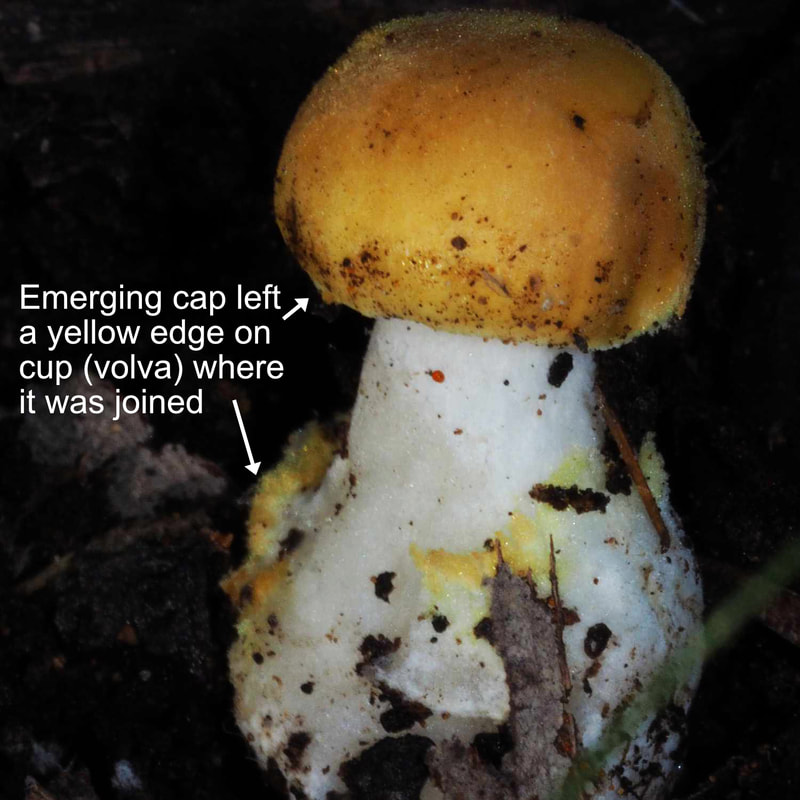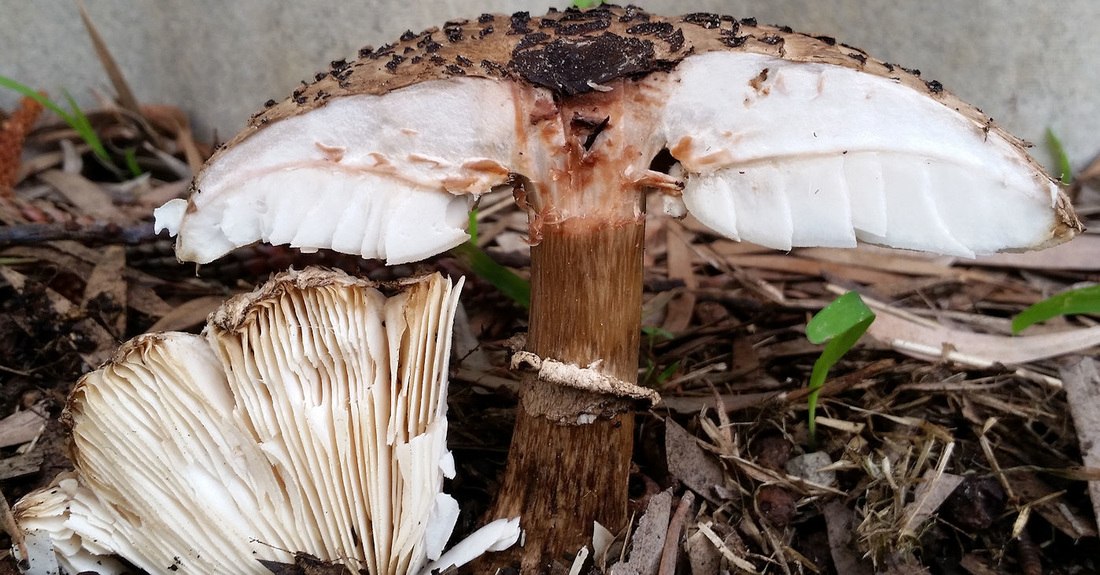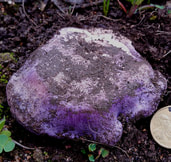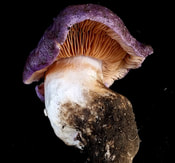I am in a state of bliss and satori (heightened consciousness) from contemplating a Foxes Lair fungal cornucopia. Before the inevitable comment that I have been imbibing magic mushrooms, the answer is no, I am blown away by numbers and diversity of these wonderful organisms in the Lair this year.
in stories, toadstools referred to dome shaped usually poisonous fungi as opposed to edible brown gilled mushrooms.
Do you know why fungi have gills and pores? This is because fungal spores need moisture to develop and a tiny percentage will succeed. Gills and pores enable fungi to maximise surface area (sort of like our lungs) for spore production and dispersal.
Alas this is an oversimplification and some brown gilled 'mushrooms' in the genus Agarics (agarics) are not edible
White button mushrooms Agaricus bisporus are intensively raised, but field mushrooms (Agaricus campestris) are European immigrants that are also found in fertile pasture paddocks, lawns etc. I have wonderful memories of picking great numbers in pastures and eating freshly made mushroom soup (complete with sand for roughage). Alas with generally dryer seasons, fewer and less clover dominant pastures, and a pampered population that can’t handle sand, these days have gone. They only occur in fertile areas of Foxes lair, mainly on reddish soils in the arboretum.
It is safest if you buy mushrooms, but if have some to try, following clues, then get another opinion.
• Gills are brown to black in developed mushrooms and have a dark brown spore print (leave one gills down on a plate or sheet of paper overnight).
• Mushrooms in Agaricus grow from the ground and are not found sprouting off logs, trees, or stumps.
• They have pale to brownish caps.
• The developing mushroom has a veil over the gills that splits to leave a characteristic ring around the upper stem.
• Gills are not attached to the stem, which easily separates from the cap. Cap not slimy.
• Tissue goes brown if cut or bruised.
click HERE for more information on agarics
